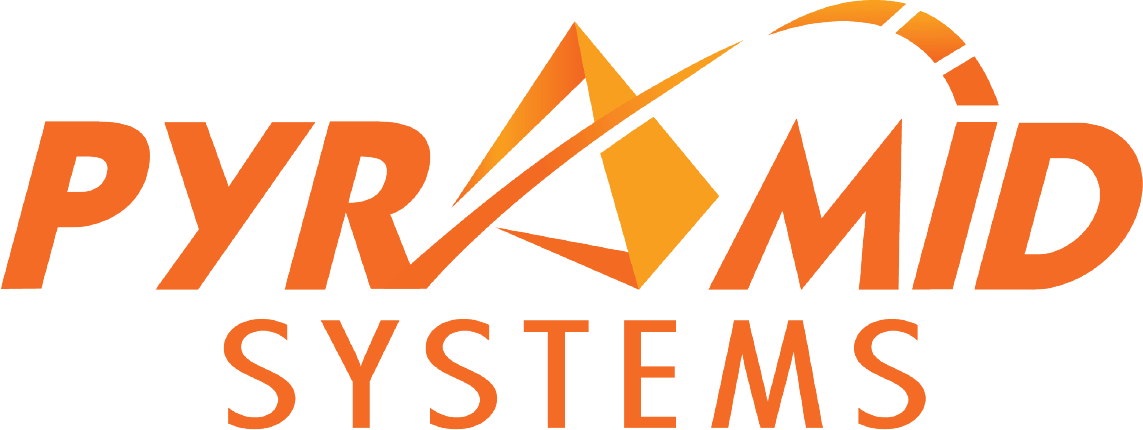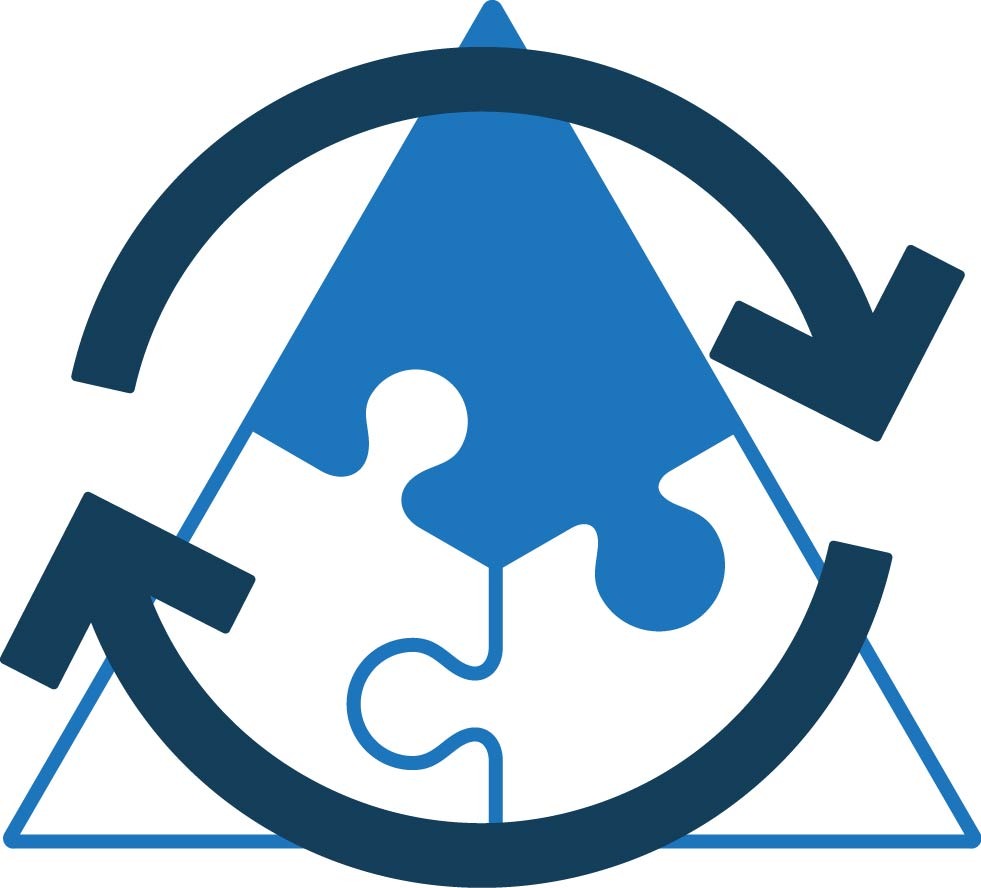The White House’s recent memorandum on Permitting Technology Modernization outlines an ambitious plan to transform federal permitting and environmental review processes. This initiative addresses long-standing inefficiencies in permitting systems, which are critical for advancing infrastructure projects across the nation. By modernizing the permitting technology, the government aims to expedite reviews, enhance transparency, and create a more unified approach to environmental permitting.
The memorandum calls for the creation of a Permitting Technology Action Plan, which will set data and technology standards, define software requirements, and establish a roadmap for interagency collaboration. Additionally, the establishment of a Permitting Innovation Center will foster the design and testing of prototype tools to streamline processes like case management, application tracking, and data exchange.
Why This Matters
This modernization effort is a game-changer for both government agencies and private industry. Here’s why:
- For Government Agencies: The shift toward unified interagency systems and shared digital infrastructure will reduce redundancies, improve coordination, and provide clear timelines for environmental reviews. This will enhance operational efficiency and public trust in federal processes.
- For Private Industry: Businesses dependent on federal permits—such as those in construction, energy, and transportation—will benefit from faster approvals, reduced uncertainty, and streamlined communication with agencies. This will accelerate project timelines and lower costs.
Key Elements of the Permitting Technology Action Plan
The memorandum outlines several critical components that will shape the future of federal permitting systems:
- Data and Technology Standards: Establishing consistent standards for permit applications and reviews under NEPA and other regulations.
- Minimum Software Requirements: Introducing systems with case management capabilities, automation for low-level reviews, and data-driven reporting to minimize delays.
- Interagency Data Systems: Creating a unified, interconnected permitting system with shared services to streamline processes across agencies.
- Governance and Oversight: Implementing a robust governance structure to ensure accountability and effective execution of the modernization plan.
- Innovation and Prototyping: Developing and testing tools through the Permitting Innovation Center to drive continuous improvement in permitting systems.
Pyramid Systems: Empowering Federal Agencies in Modernization
Pyramid Systems is uniquely positioned to support federal agencies as they implement the goals of this memorandum. With decades of experience in IT modernization, case management solutions, and data integration, we bring the expertise needed to tackle complex challenges in permitting technology.
Our Capabilities in Action
- Case Management Solutions: We design and implement case management systems that streamline workflows, enhance collaboration, and ensure accountability throughout the permitting lifecycle.
- Data Integration and Interoperability: Our solutions connect diverse systems, enabling seamless data exchange and improving decision-making capabilities.
- Custom Development: We create tailored software solutions that align with agency-specific workflows and compliance requirements.
- Agile and Scalable Approaches: Leveraging Agile methodologies, we ensure rapid deployment of solutions that can adapt to evolving needs.
- Analytics and Reporting: Our advanced analytics capabilities empower agencies with actionable insights, helping them meet transparency and efficiency goals.
Proven Success
Our work with the U.S. Securities and Exchange Commission (SEC) modernized its National Exam Program, transitioning legacy systems to the cloud and optimizing workflows for faster, more accurate decision-making. This experience equips us to support similar transitions in permitting systems, ensuring measurable results.
Additionally, our Biometric Interoperability Transition Tool (BITT), now available on the Tradewinds Marketplace, showcases our innovative approach to solving complex challenges. BITT uses “implicit field mapping” to intuitively align different biometric formats, eliminating ambiguities and ensuring an uninterrupted flow of biometric data between agencies.
A Vision for the Future
The Permitting Technology Modernization initiative represents a critical step toward improving how government agencies and private industry collaborate on infrastructure projects. By embracing innovation and fostering interagency cooperation, this effort has the potential to reduce barriers, accelerate timelines, and deliver better outcomes for all stakeholders.
At Pyramid Systems, we are committed to helping federal agencies achieve these goals. With our expertise in modernization, data integration, and case management, we are ready to partner with agencies to bring the vision of this memorandum to life.



